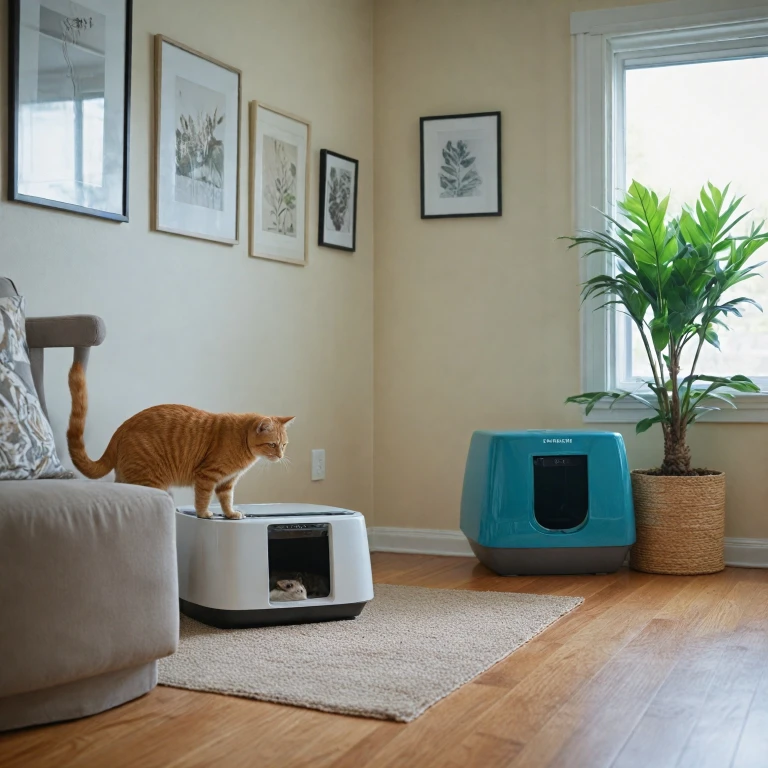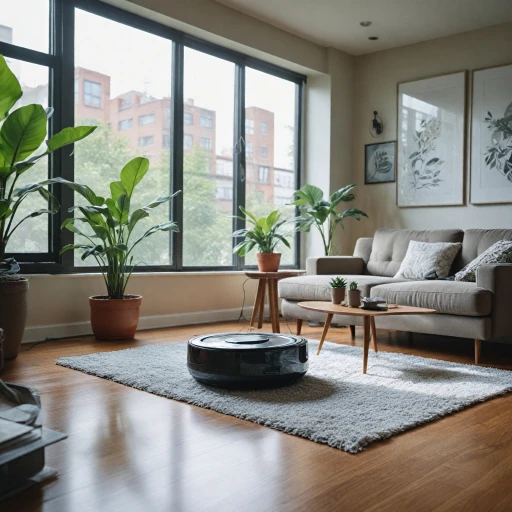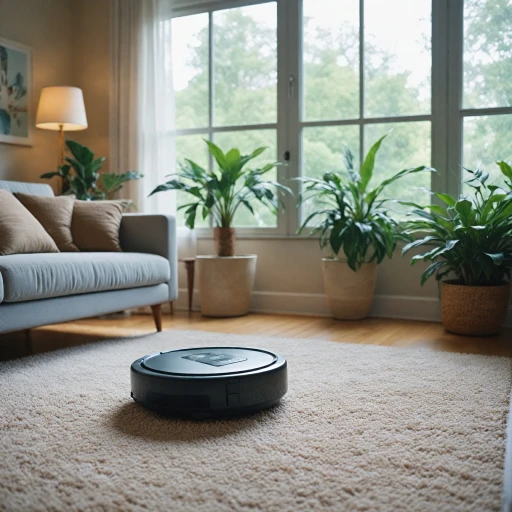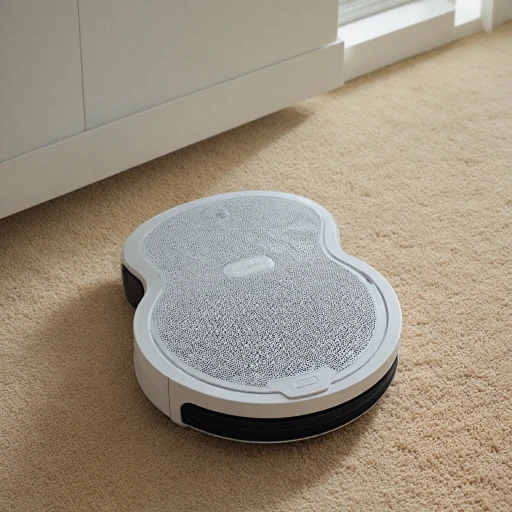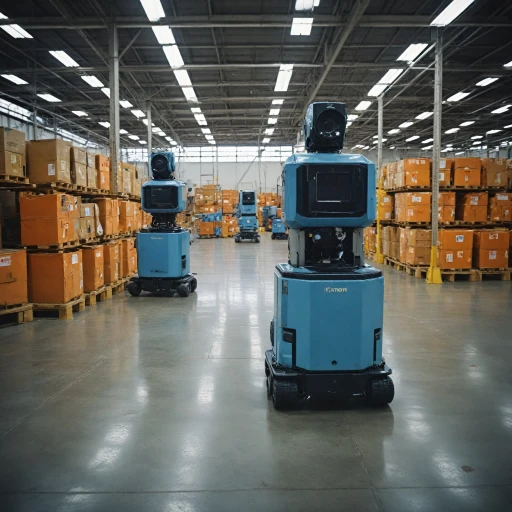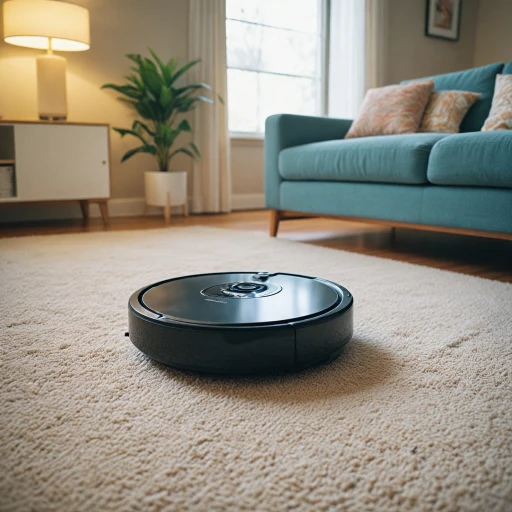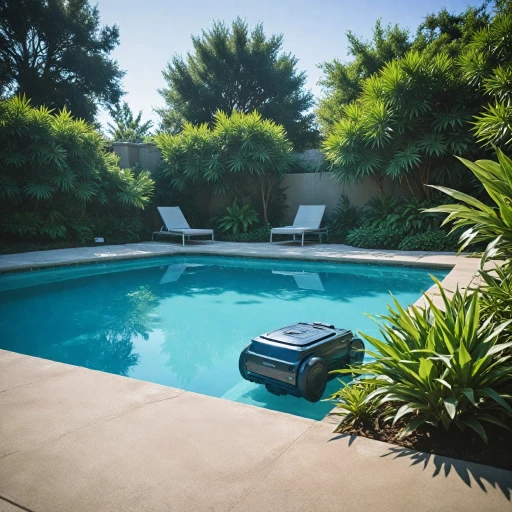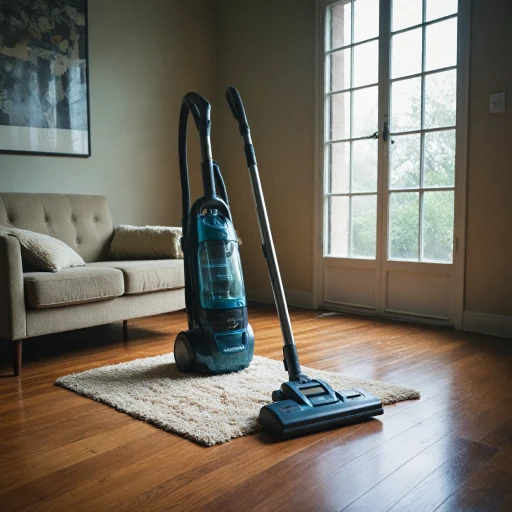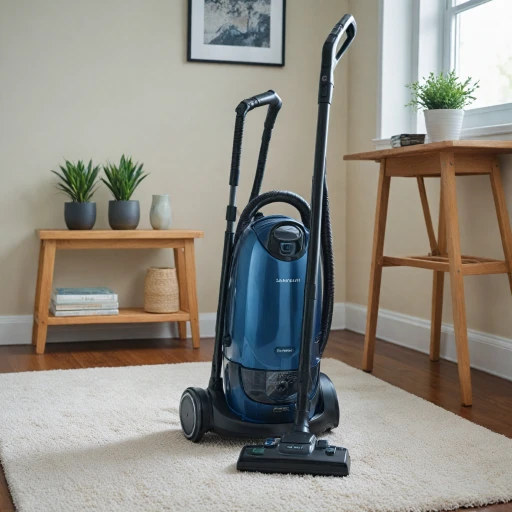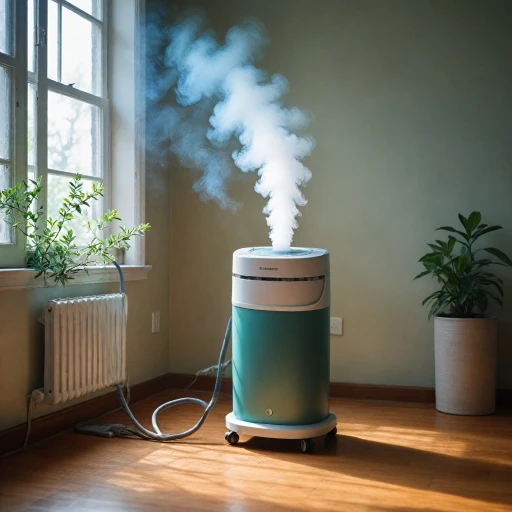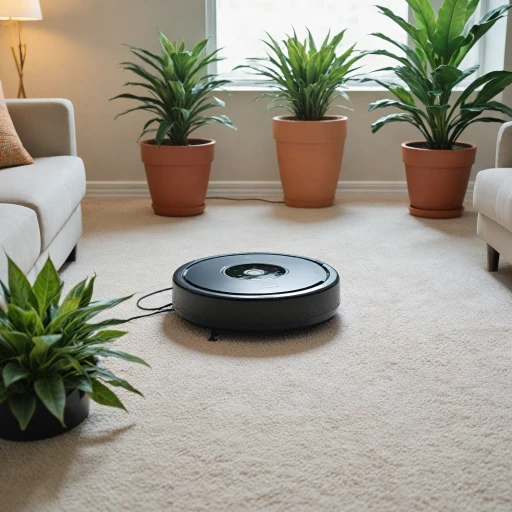
Understanding the Litter Robot's Mechanism
How the Litter Robot Works
The Litter Robot is an innovative solution for cat owners seeking a more convenient way to manage their pet's waste. This automatic litter box is designed to simplify the cleaning process by using a rotating globe mechanism. When your cat uses the litter box, the Litter Robot waits for a set period before initiating a cleaning cycle. This delay allows clumping litter to solidify, ensuring efficient waste separation.
The Role of Clumping Litter
Clumping cat litter is essential for the Litter Robot's functionality. As the globe rotates, clumps of waste are sifted out and deposited into a waste drawer below. This process not only keeps the litter box clean but also helps control odor, making it a preferred choice for many cat owners. The best litter for this system is one that forms solid clumps and has low dust, ensuring smooth operation and minimal tracking.
Integration with Technology
Modern Litter Robots often come equipped with app connectivity, allowing you to monitor the waste drawer's fill level and adjust cleaning cycles remotely. This feature is particularly useful for busy pet owners who want to ensure their cats have a clean litter box at all times. The app can also send notifications when it's time to empty the waste drawer, adding an extra layer of convenience.
For more insights into how technology is transforming pet care, you might find this exploration of grooming vacuums interesting.
Types of Cat Litter Compatible with Litter Robot
Comprehending What Litter Robot Can Handle
When it comes to the litter robot, the type of cat litter you choose can have a significant impact on its performance. The automatic litter box is designed to work with specific kinds of litter, particularly those that enhance the machine’s cleaning cycle efficiency.
Here’s a rundown of cat litter variants that can seamlessly integrate with your robotic litter cleaner:
- Clumping Clay Litter: This is considered the best cat litter choice for many robots, including the Litter Robot. Thanks to its clumping properties, it makes cleaning more manageable and ensures efficient waste removal. It minimizes odor greatly and grants better odor control.
- Low Dust Formulations: Opting for a low dust version is crucial for maintaining the globe's internal components in top shape. It reduces the potential clogging issues that fine particles can cause during the whisker filter cycle.
- Biodegradable Options: While clay-based litters are most suitable, a few environmentally friendly variants exist that work effectively with these systems, like some clumping cat litters made from recycled paper or natural fibers.
The decision on the best litter doesn't solely depend on the technical compatibility with the Litter Robot. Several other considerations around understanding the importance of H13 HEPA filters in maintaining air quality and minimizing allergens for your cat can further guide your choice. It's essential to balance clumping ability with low tracking and dust characteristics.
By focusing on the right clean litter, you not only ensure the robot connect capabilities of the Litter Robot remain functional but also extend its operational lifespan. Always adhere to manufacturer recommendations to avoid common issues with incompatible cat litter that can lead to maintenance challenges.
Top Recommended Cat Litters for Litter Robot
Highly Recommended Cat Litter Choices
When selecting the best cat litter for your automatic litter system, it's crucial to choose those that complement the machine's design and functionality. Not only does the right type optimize the cleaning cycle, but it also ensures your cat’s comfort while preventing unnecessary wear and tear on your unit.
- Clumping Clay Litter: Widely acknowledged as one of the best options, clumping clay litter efficiently absorbs moisture, creating solid clumps that are easy to sift away. This makes the cleaning process seamless and helps with odor control, as waste is enclosed tightly.
- Low Dust and Low Tracking Formulas: These litters are particularly valued for minimizing mess around the litter box area. Opting for a low dust option prevents particles from dispersing into the air during the cleaning cycle, which is advantageous for both your cat's health and the litter robot's mechanism.
- Biodegradable Litters: More environmentally friendly alternatives such as walnut shell or corn-based litter are increasingly popular. They provide impressive clumping action and are typically safe for both cats and automated systems.
- Silica Gel Litter: Known for its superior odor control, silica gel litter absorbs moisture efficiently while allowing waste to dehydrate and reduce smells. However, it's essential to ensure that it’s compatible with your unit to avoid any malfunction during the sifting process.
Making the right choice can enhance your cleaning routine significantly. Not only will it prolong the life of your unit, but it will also keep your cat comfortable and healthy. For those who are interested in broadening their understanding of cleaning technologies, exploring related cleaning tools can provide further insights.
Factors to Consider When Selecting Cat Litter
Key Considerations for Selecting the Right Cat Litter
When it comes to choosing the best cat litter for your Litter Robot, several factors come into play. The right choice will ensure efficient cleaning cycles, minimize odor, and provide a comfortable experience for your cat. Here are some essential considerations:
- Clumping Ability: Opt for clumping cat litter, as it helps in forming solid clumps that are easier for the Litter Robot to sift and separate from clean litter. Clumping clay is a popular choice due to its effectiveness.
- Odor Control: Effective odor control is crucial for maintaining a fresh environment. Look for litters that offer superior odor absorption to keep your home smelling clean.
- Low Dust: Low dust litters are preferable as they reduce the amount of dust released during the cleaning cycle, which can affect both the machine's performance and your cat's health.
- Low Tracking: To keep your home tidy, choose a litter that minimizes tracking. This means less litter scattered around the house, making cleaning easier.
- Compatibility with Automatic Systems: Ensure the litter is suitable for automatic litter boxes like the Litter Robot. Some litters may not work well with the globe's rotation mechanism.
- Cat Preference: Ultimately, your cat's comfort is paramount. Some cats may prefer certain textures or scents, so it's essential to consider their preferences when selecting a litter.
By keeping these factors in mind, you can ensure that your Litter Robot operates efficiently, providing a clean and comfortable environment for your feline friend.
Common Issues with Incompatible Cat Litter
Addressing Issues with Cat Litter Choices
Choosing the best cat litter for your Litter Robot goes beyond personal preference; it involves recognizing common challenges associated with incompatible types. Not every variety of cat litter works seamlessly with this automatic cleaning system. Here's what you need to know to avoid these pitfalls:
- Clogging and Jammed Cycles: Some cat litters, particularly those that don’t clump well, can lead to clogs during the cleaning cycle. This hampers the effortless waste removal process the globe is designed for and might cause interruptions requiring manual interventions.
- Inadequate Odor Control: While clumping clay litters are popular for their odor control, certain types might not neutralize scents effectively when used in the Litter Robot. This can lead to unpleasant odor buildup in the waste drawer and around your home.
- Excessive Dust: Low dust litters are recommended for minimizing the spread of debris during the robot's cleaning work. Dusty litters not only aggravate allergies in cats and humans but can also affect sensor performance and connectivity with the robot app.
- Tracking and Spillage: Some litters don’t offer low tracking properties and may be dispersed outside of the litter box during use. Spillage can reduce cleanliness and increase manual clean-up efforts.
The type of litter you fill in the box can significantly impact the longevity and efficiency of your Litter Robot. By identifying and avoiding these common issues, you ensure smoother operation and a more pleasant experience both for your pet and yourself.
Maintenance Tips for Litter Robot Users
Routine Checkups for Consistent Performance
Maintaining your Litter Robot involves regular checkups and upkeep to ensure its optimal performance. Proper maintenance keeps issues at bay and sustains odor control effectively. Here’s how to give your automatic litter box the care it deserves:- Empty the Waste Drawer Regularly: Make it a routine to empty the waste drawer to prevent overflow and maintain cleanliness. Doing so ensures the cleaning cycle runs smoothly and prevents clogs.
- Inspect the Globe: Look for any waste remnants sticking inside the globe. Manual cleaning may sometimes be required to remove clumps that the robot missed during its usual cycle.
- Check Seals and Liners: Over time, seals and liners can wear out, leading to leaks or compromised performance. Inspect these regularly to ensure they are secure and in good condition, replacing them as needed.
- Use the App Features: If your Litter Robot model is app-compatible, utilize its features for timely notifications about fills, cycles, or any maintenance reminders. Keeping an eye on the app ensures issues are addressed promptly.
- Use the Best Cat Litter: Optimal maintenance is supported by using the right litter. Ensure low dust, clumping clay, and low-tracking options are prioritized as they enhance the cleaning process and maintain a fresh odor.
- Whisker Positioning: Check and adjust the whisker sensor to ensure it is not obstructed or damaged as it helps in proper function during waste collection cycles.
